Lake Shasta, along with other major reservoirs in northern California, are experiencing an alarming rate of water disappearance.
This phenomenon is directly linked to the recent record-breaking temperatures in the area, which have accelerated the rate of evaporation significantly.
Extreme Temperatures Escalate Evaporation
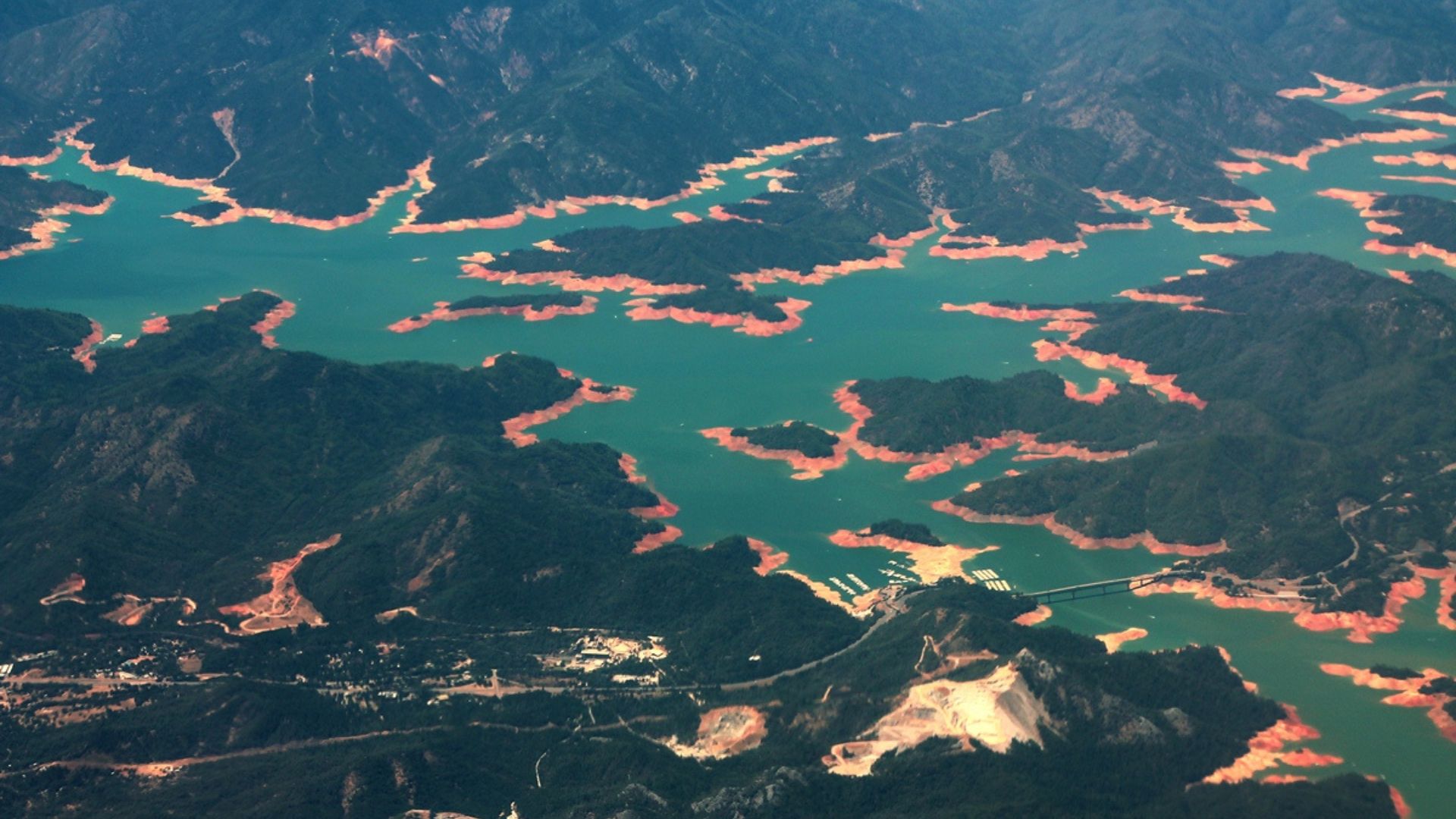
The recent climatic conditions have brought some of the highest temperatures ever recorded in the region, making it unsurprising to water managers that evaporation rates are soaring.
Don Bader, area manager for the U.S. Bureau of Reclamation, noted, “It’s probably been higher the last nine days because we haven’t seen weather like that in a long time.”
A Single Day’s Significant Loss
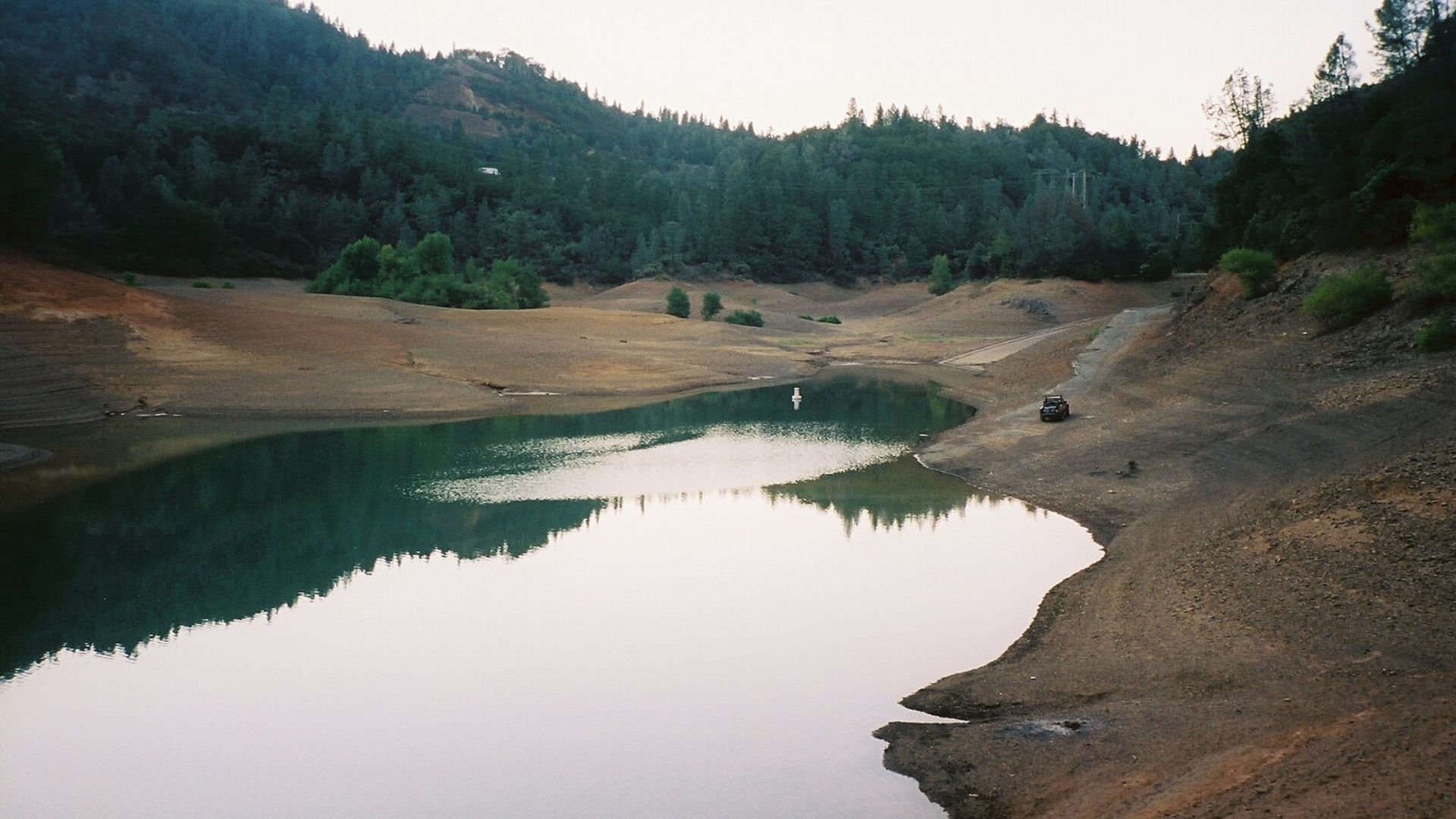
On July 3 alone, 288.8 million gallons of water evaporated from Lake Shasta.
The scale of this loss becomes starker considering the broader timeframe: over the first nine days of July, approximately 2.2 billion gallons of water have transformed into vapor and dispersed into the atmosphere.
Beyond Lake Shasta
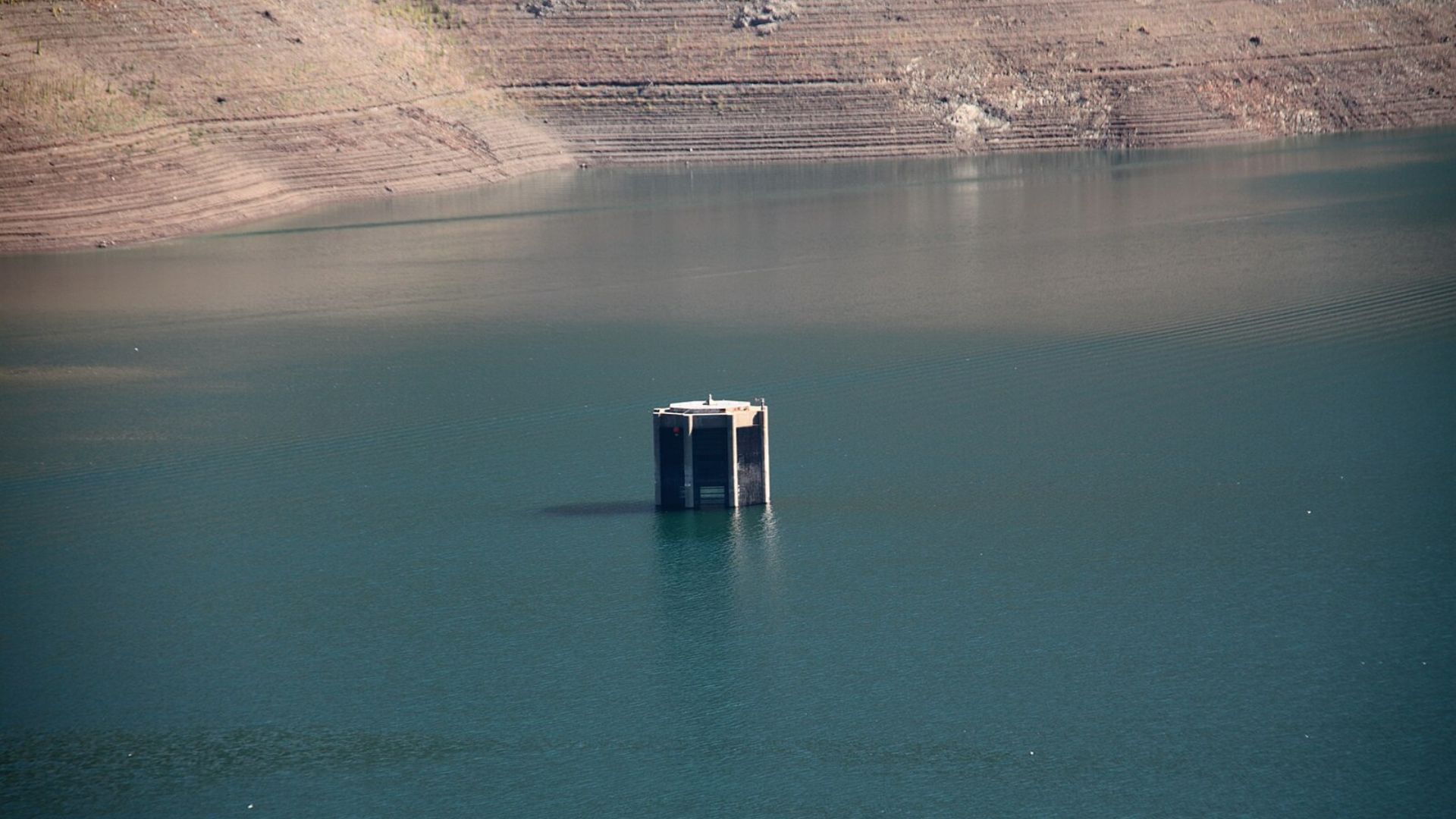
The heat wave’s impact extends beyond Lake Shasta to other local bodies of water. Trinity Lake and Keswick Lake also recorded substantial water losses due to evaporation.
Over the same nine-day period, Trinity Lake lost 828.5 million gallons, and Keswick Lake saw 47.1 million gallons evaporate.
Measuring Evaporation Scientifically
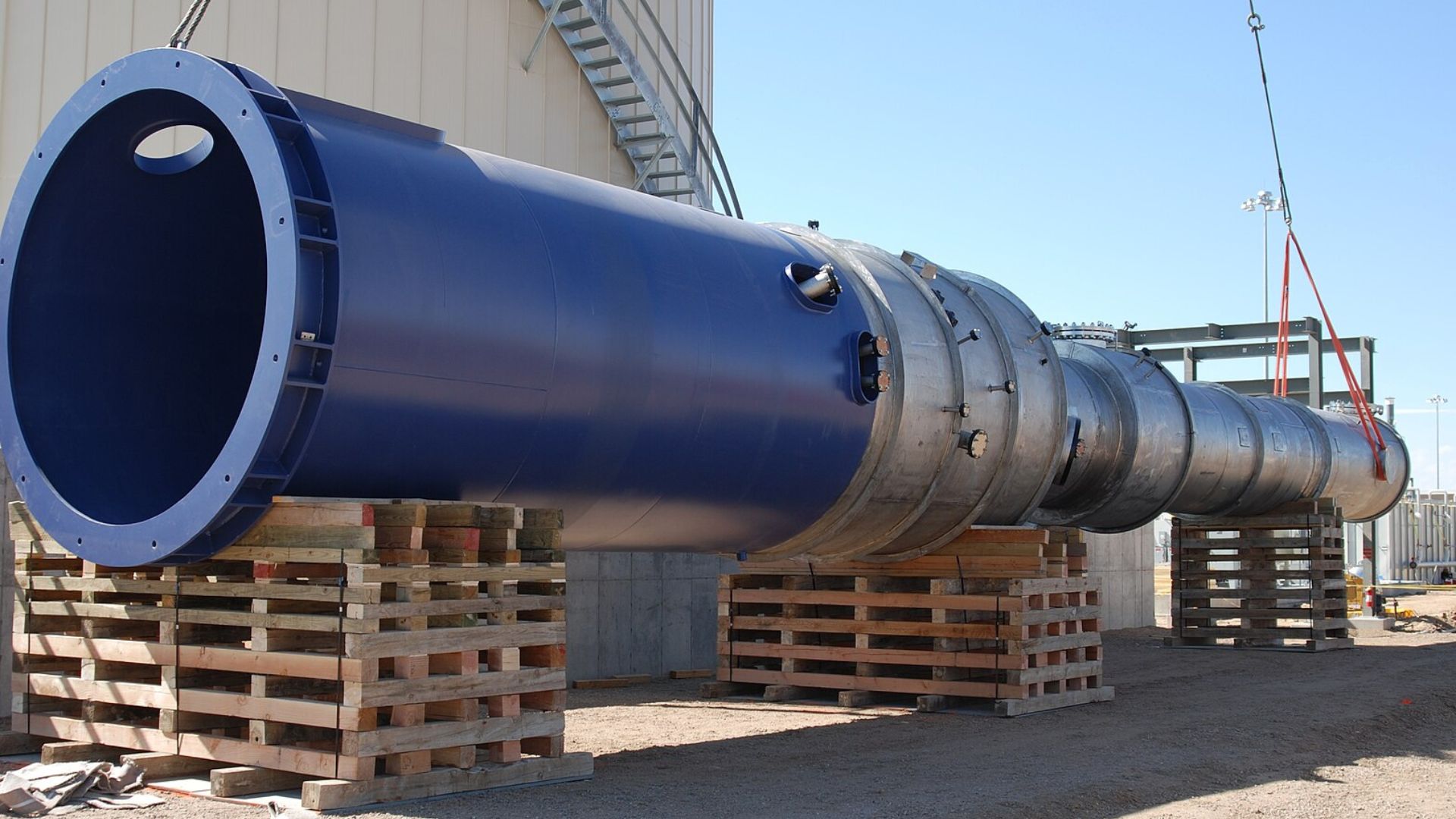
The Bureau of Reclamation uses a methodical approach to measure evaporation, involving placing water in a cylinder and noting the loss over a 24-hour period.
“The amount of evaporation in the cylinder is extrapolated to water in the lake,” explained Don Bader, which helps estimate the broader impact on the reservoir.
Seasonal Variations in Water Levels
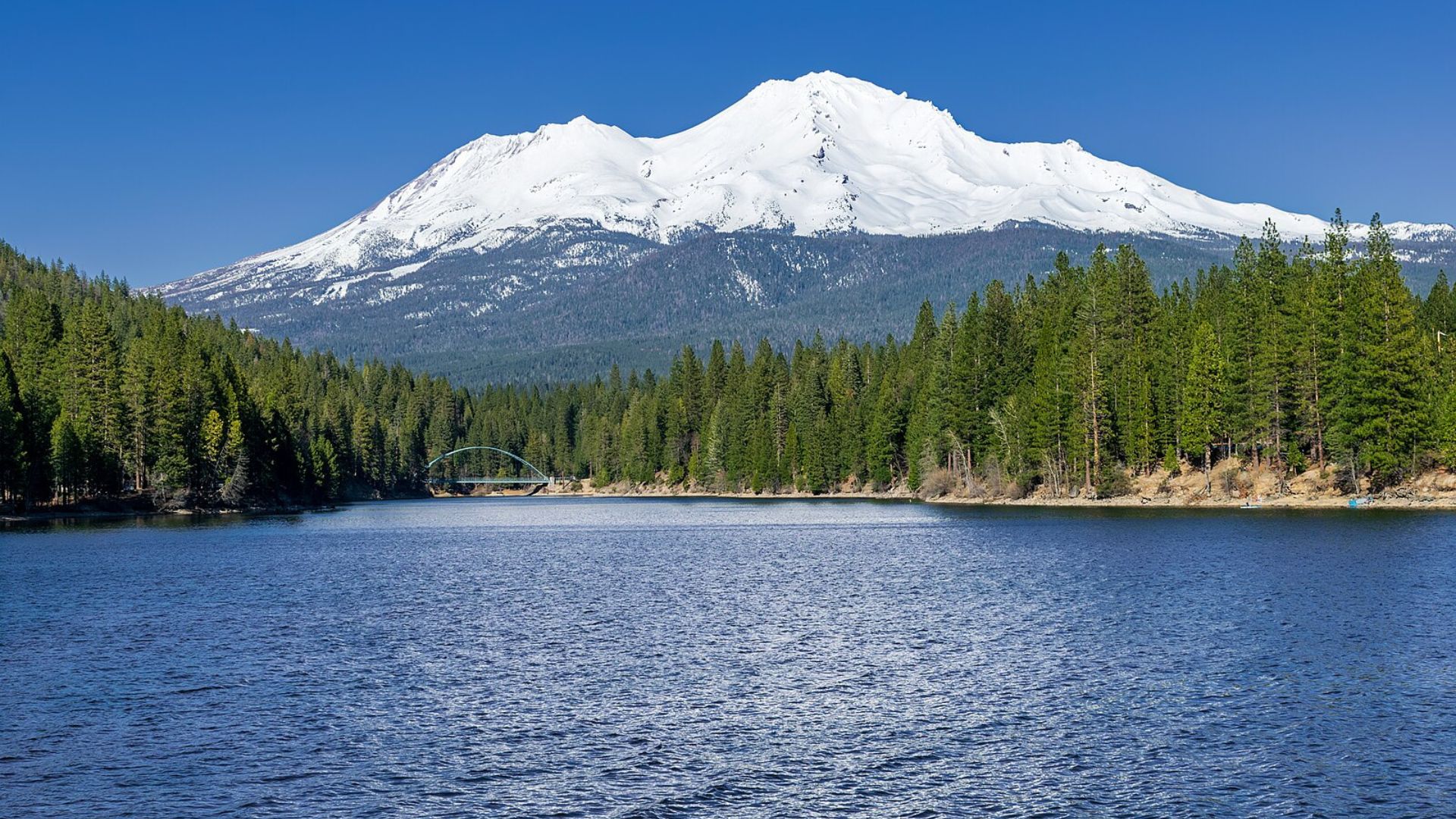
The contrast between seasons in terms of evaporation is stark. “In the wintertime we get the really cold days. You don’t get any evaporation because the ambient temperature is so cold and the water’s cold,” stated Don Bader.
This seasonal dynamic changes drastically in the summer months, leading to significant water loss.
The Impact on Water Management

The ongoing water loss is not merely a statistical concern but has tangible impacts on water management strategies.
“That is significant enough that it affects where our projected reservoir levels will be at the end of the season,” Don Bader said, highlighting the challenges faced in planning and resource allocation.
Innovative Approaches to Water Conservation

In response to rising evaporation rates, there have been discussions around innovative conservation techniques, such as covering water surfaces with reflective materials or relocating water storage to less evaporative environments.
These proposals aim to mitigate the effects of high evaporation rates on reservoirs.
Past Experiments in Water Conservation
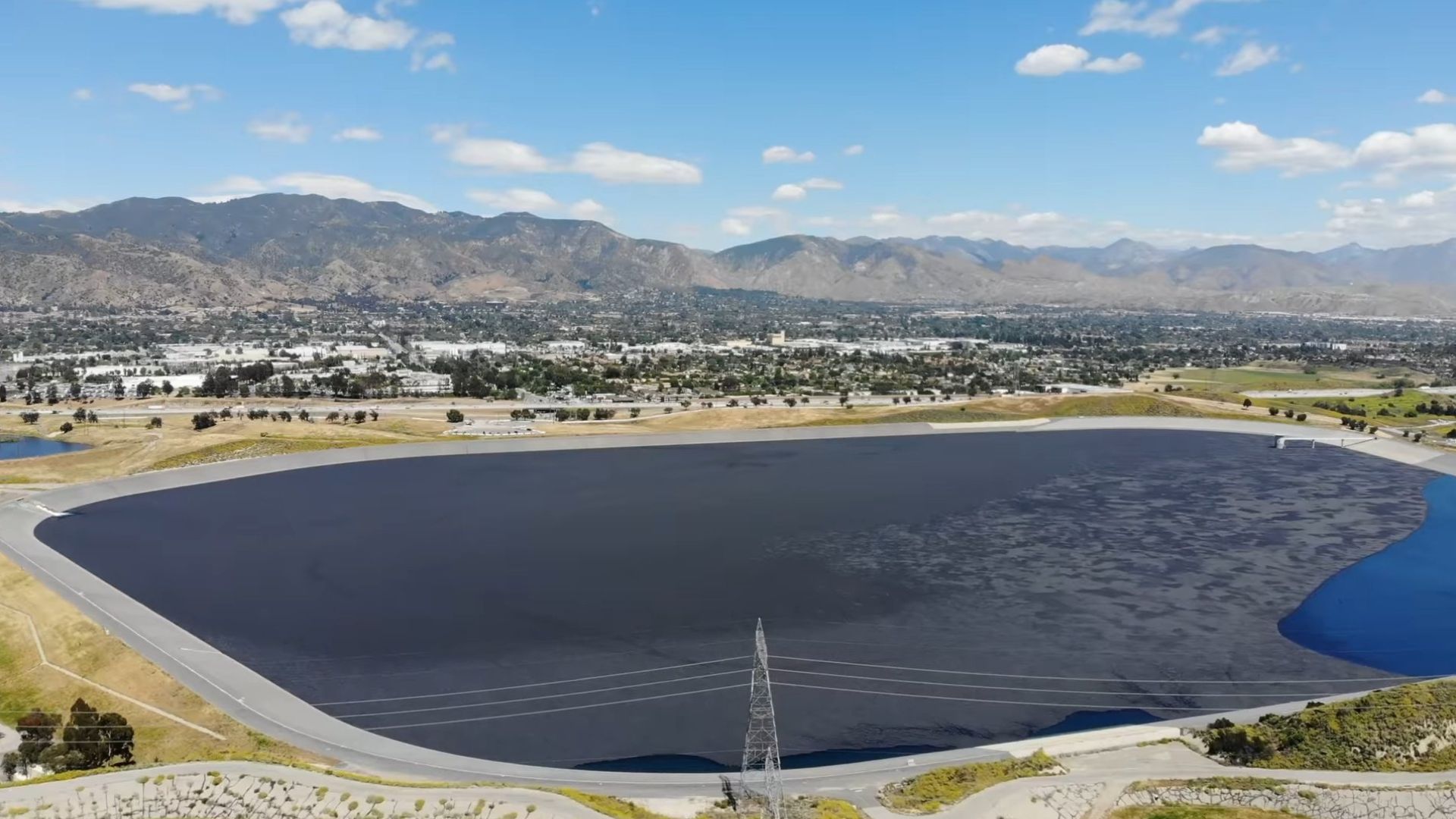
The city of Los Angeles once attempted to curb evaporation during a drought by covering a reservoir with plastic balls.
This initiative, while temporary, demonstrated the lengths to which cities might go to preserve their water resources.
Challenges in Implementing Large-Scale Solutions
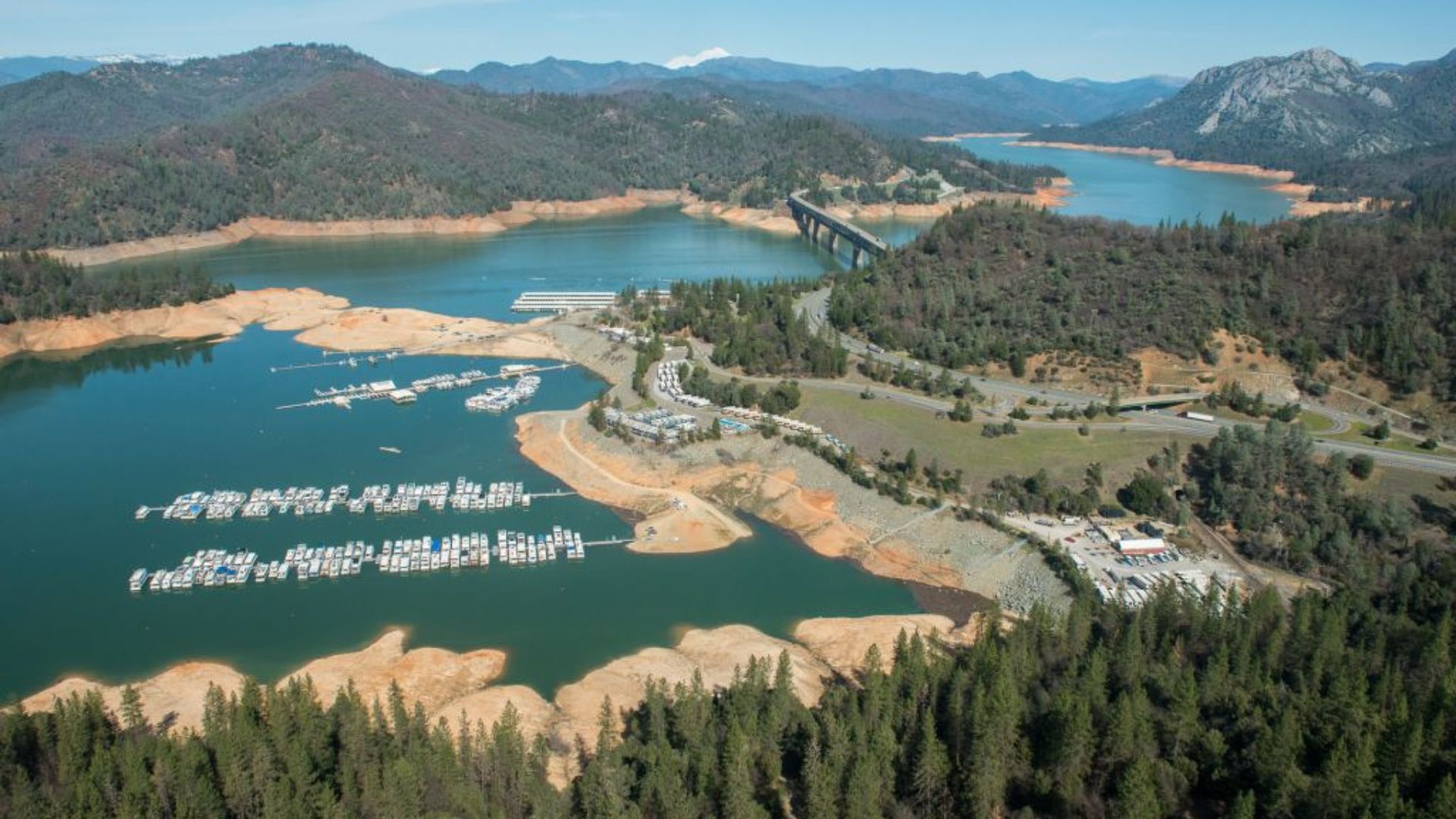
Covering a vast reservoir like Lake Shasta poses significant logistical challenges.
As the largest man-made lake in California, the feasibility of implementing large-scale evaporation control methods is complicated and requires careful consideration.
Broader Implications of Water Loss
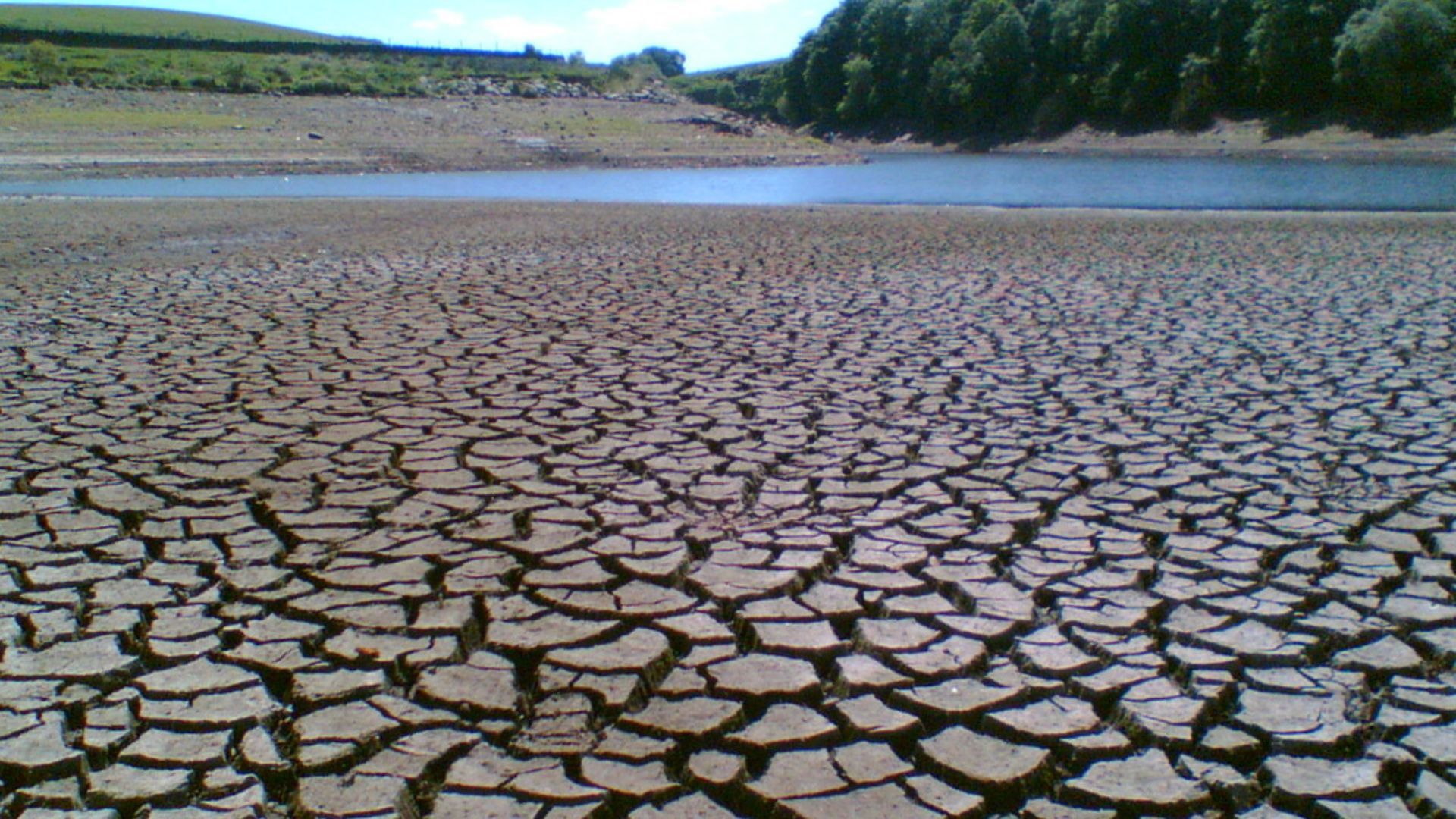
A 2015 report by the University of Colorado has pointed out that water loss in reservoirs across the West is a growing concern, exacerbated by more frequent and intense droughts.
This report illustrates the critical need for ongoing research and adaptation strategies to address the issue of reservoir evaporation.
Looking Forward

As high temperatures persist, the situation remains precarious.
Daily high temperatures over 110 degrees are expected to continue, affecting not only Lake Shasta but other reservoirs as well. The continuation of these conditions necessitates a vigilant approach to water management and conservation efforts.
What is Causing This Evaporation?

Currently, the state of California and many areas in the United States are undergoing an intense and record-breaking heat wave that has wrought destruction on the state’s reservoirs.
“You could get up in the morning and it would be relatively cool and you could enjoy outside, even in the dead of summer,” said Palm Springs resident Joe Pascale. “That doesn’t exist for us anymore, and it’s a huge loss.”
Heat Wave in California

This heat wave, which experts are predicting will likely soon let up, has been setting record temperatures across the state.
The city of Palm Springs hit 122 degrees Fahrenheit on July 8, which was the hottest on record since the National Weather Service started keeping track.
Breaking New Records

This record would go on to be broken again on Friday when temperatures hit 124 degrees Fahrenheit. Pascale feels these temperatures are proof of the human influence on climate change.
“Sometimes we feel like we’re screaming into the void,” Pascale says. “There’s a problem that we need to be addressing.”
Hottest Year
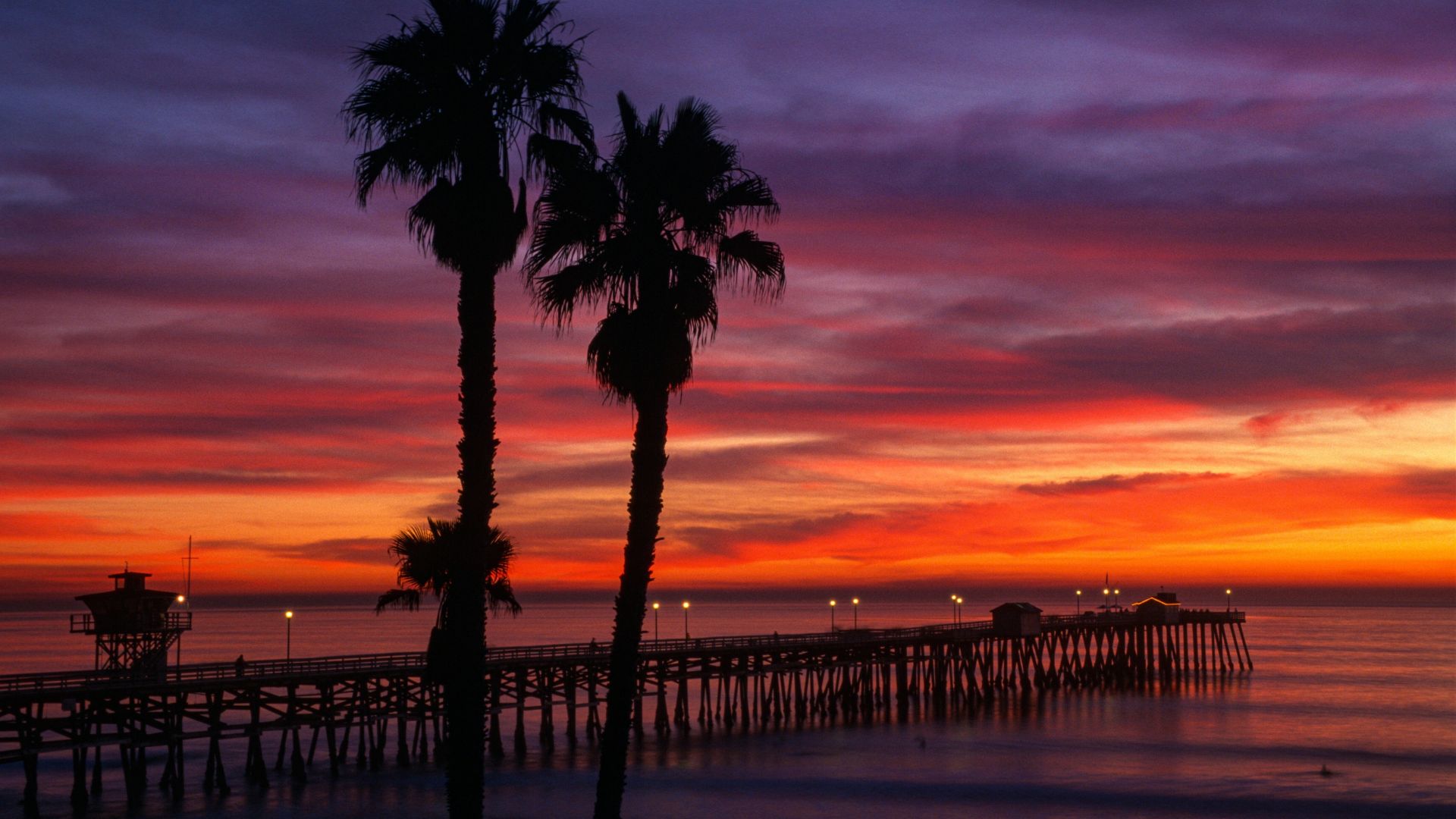
According to climate researchers, 2023 was the hottest year for the planet Earth since records started being kept.
In particular, the United States is warming faster than the global average, meaning more evaporation events like this could become more common in the future.
Greenhouse Gas Emissions

Joellen Russell, a climate scientist at the University of Arizona, blamed climate change for record high temperatures that Tuscon saw this week.
“We’re going to continue [breaking temperature records] as long as we keep increasing the amount of greenhouse gases in our atmosphere,” Russell said.
Fossil Fuel Dependency
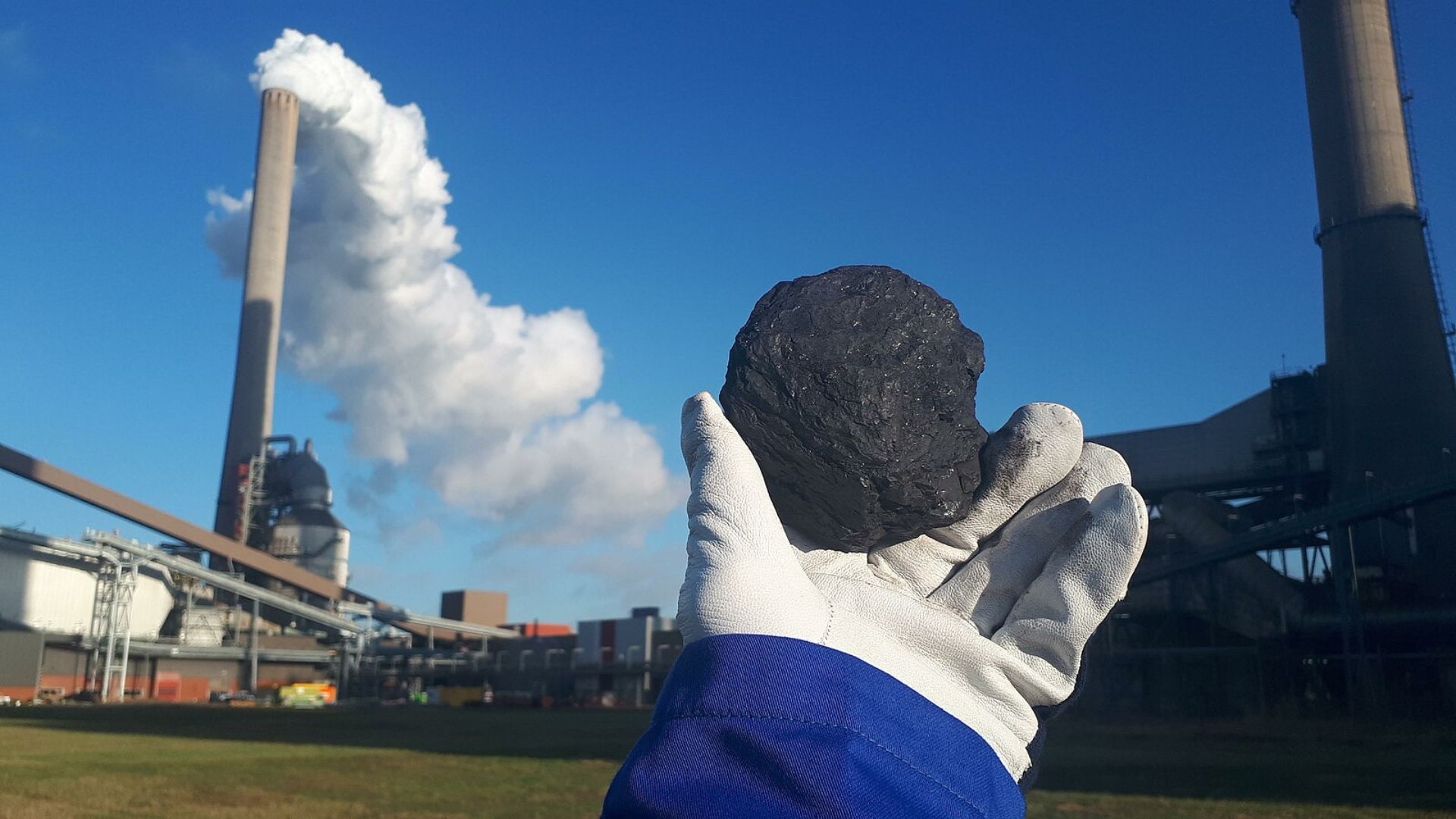
Despite efforts from activists and the state of California to clamp down on fuel emissions, efforts are betrayed by the fact that fossil fuel use is still increasing globally.
A global energy report found the use of fossil fuels increased by 1.5% last year.
Peaking Emissions
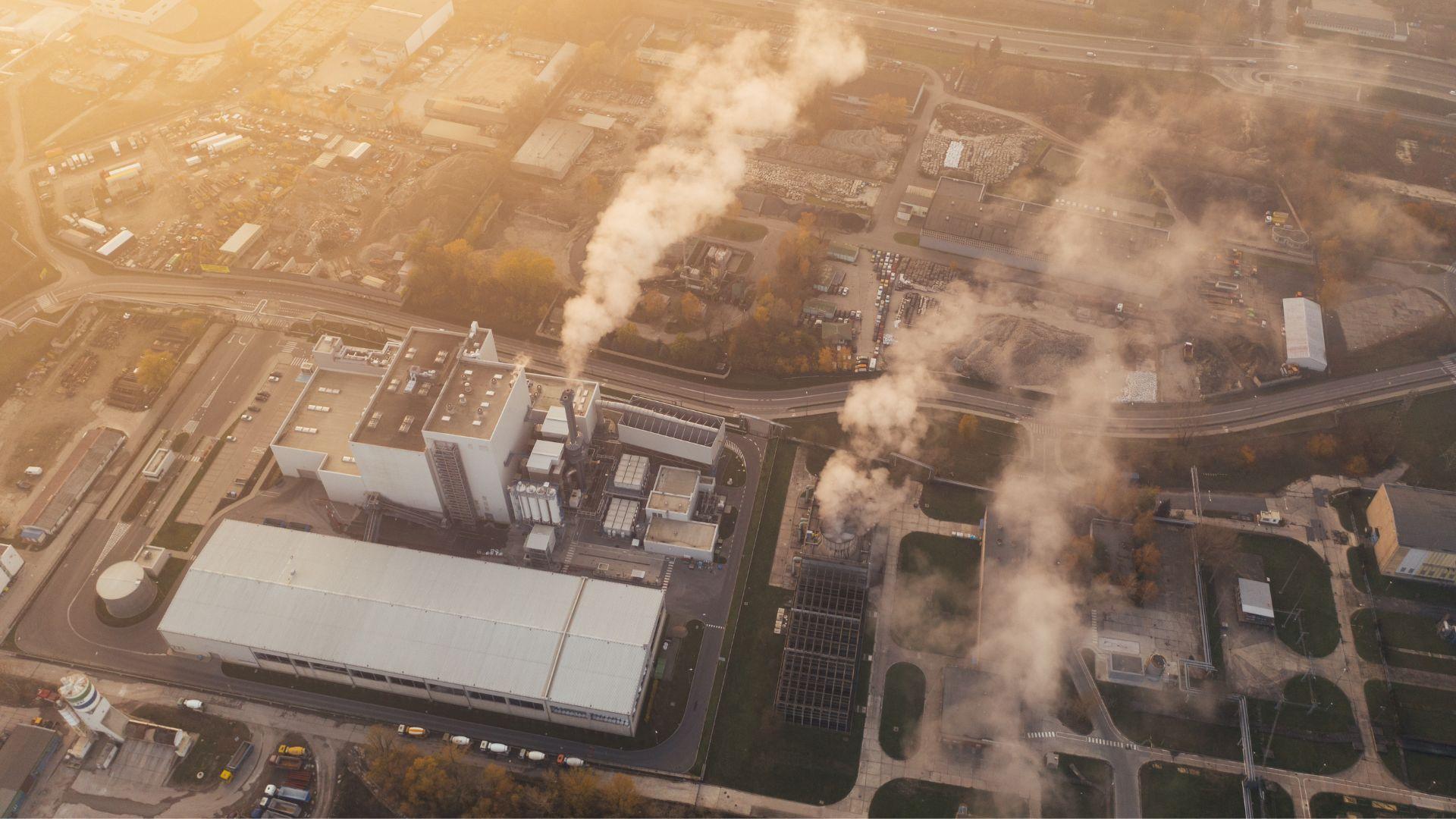
While progress in transitioning to clean energy has been slow, researchers find that emissions in places like the US and Europe are peaking while other regions continue to contribute heavily.
“In advanced economies, we observe signs of demand for fossil fuels peaking, contrasting with economies in the global south for whom economic development and improvements in quality of life continue to drive fossil growth,” said Nick Wayth, chief executive of the Energy Institute in June.
Stopping Reservoir Loss
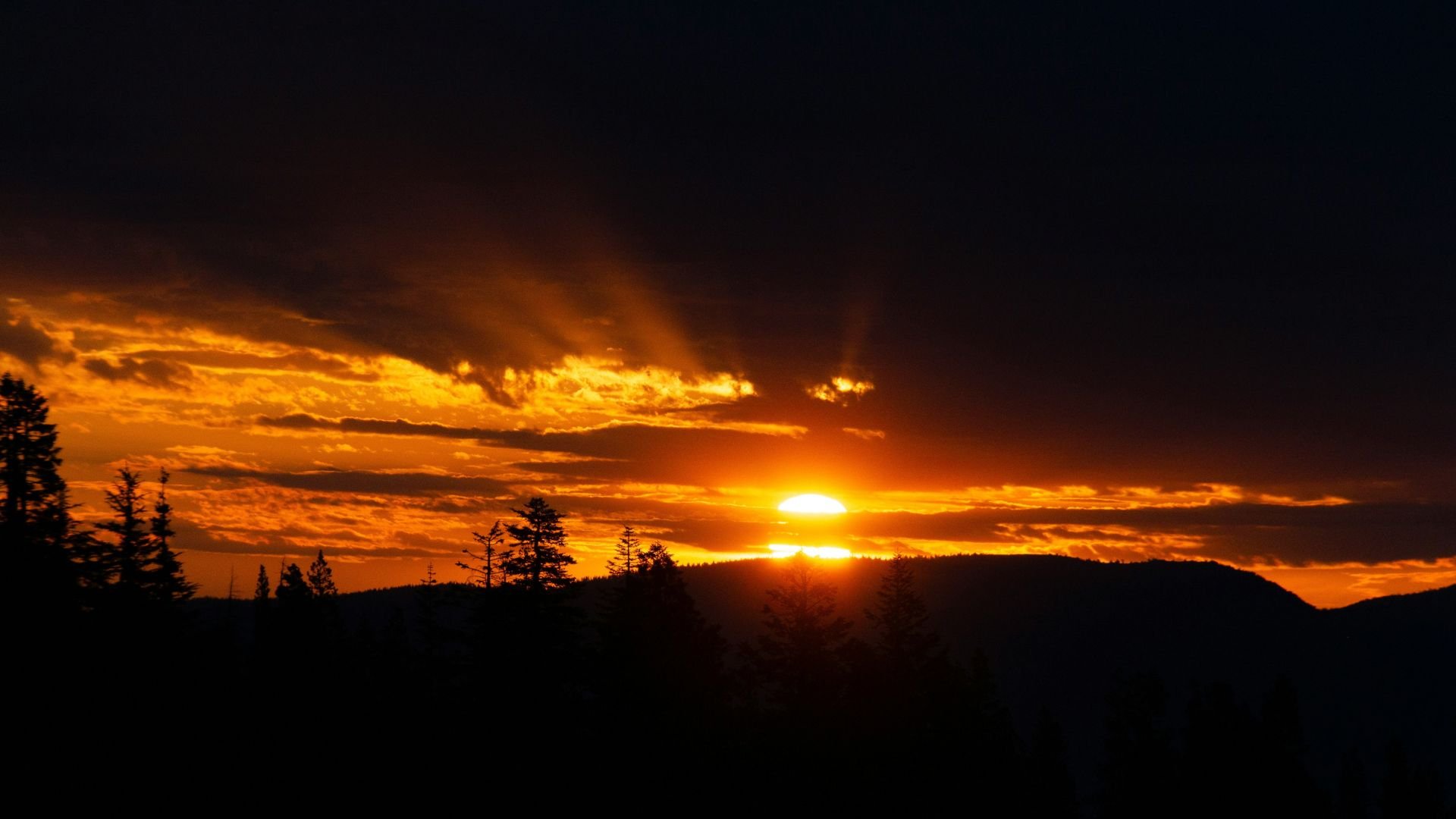
Given that some aspects of warming and greenhouse gas emissions are out of the control of the state of California, researchers are trying to look ahead to figure out ways to preserve reservoirs as much as possible, but results have been mixed.
Back in 2018, Los Angeles dumped 96 million “shade balls” in its reservoir in an effort to slow down the evaporation of the water there.
What are Shade Balls?
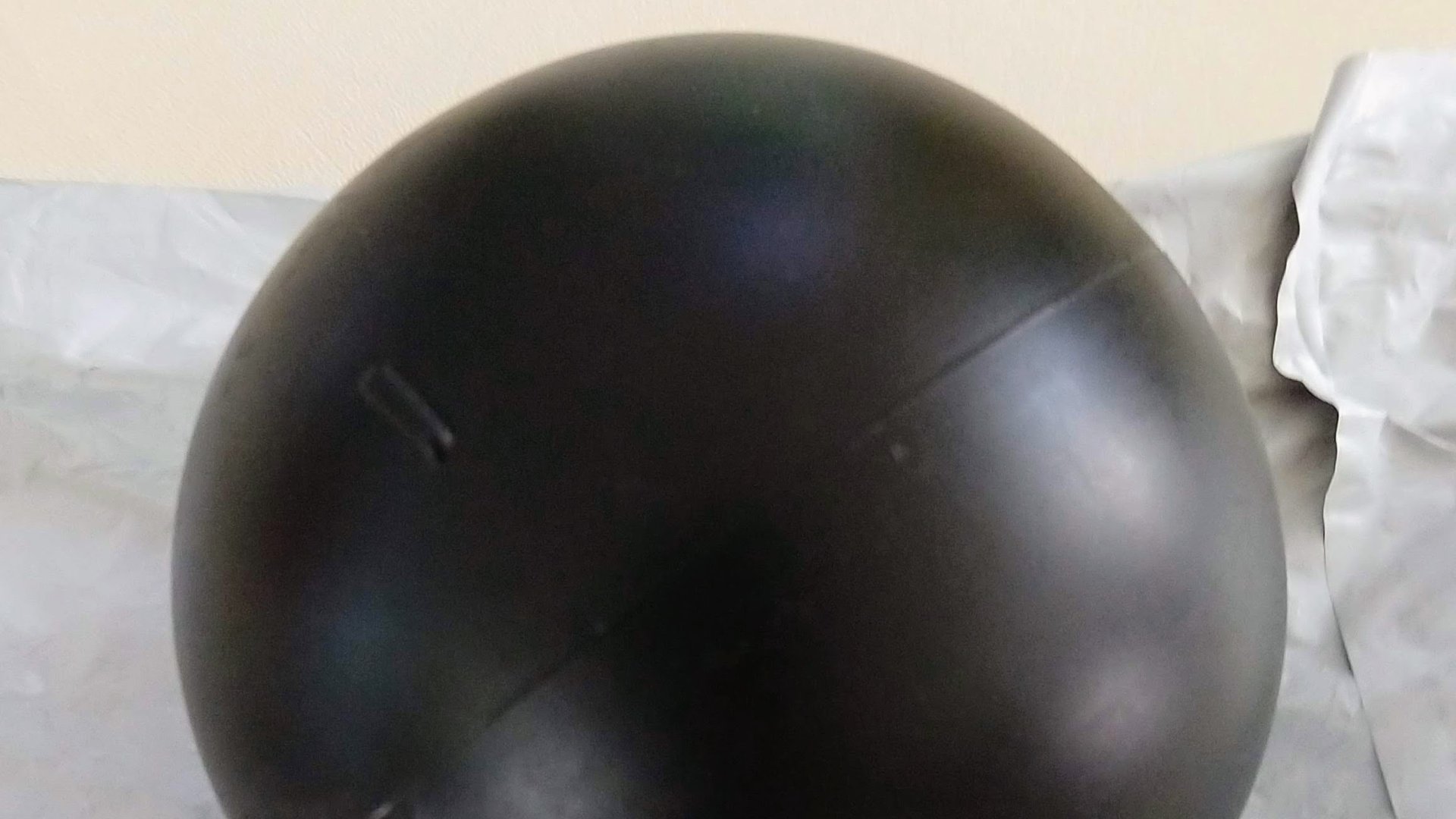
As their name suggests, shade balls are small plastic spherical devices bearing a dark color to prevent sunlight from reaching the water in an effort to slow the evaporation process.
Originally these were called “bird balls” and were meant to keep birds from landing in drainage ponds near mining sites. They have also been used to prevent chemical contamination in supplies of water.
Ineffective Effort

While Los Angeles has been dumping shade balls into the reservoir since 2009, research, unfortunately, suggests they have been ineffective in saving water.
An article published in Nature back in 2018 found that manufacturing the shade balls creates a bigger water footprint than they save.
Why are Shade Balls Ineffective?
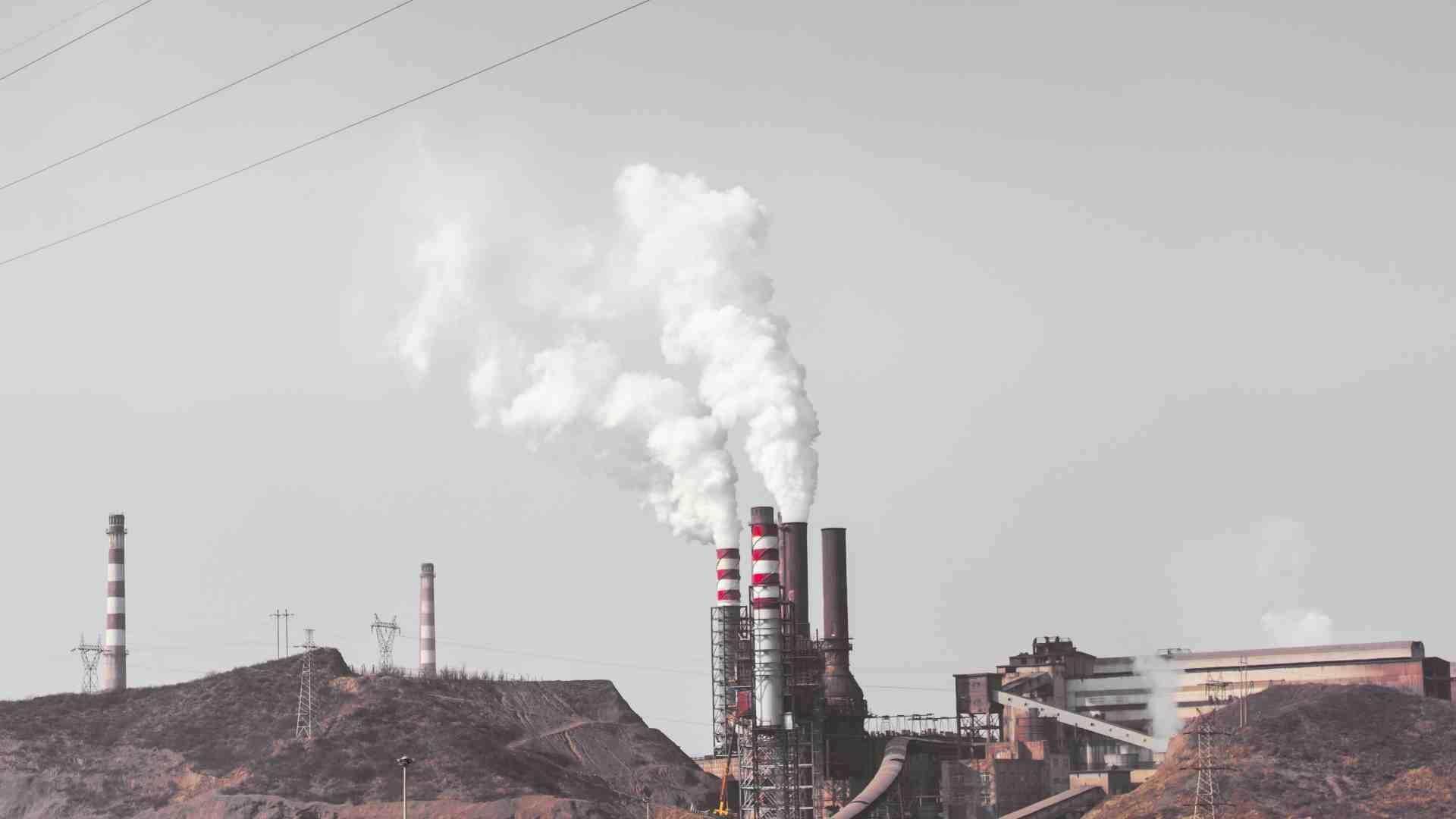
Researchers measured the manufacturing cost of making these shade balls which rely on methods that utilize water.
“We know that high-density polyethylene itself is made using oil, natural gas, and electricity,” said Erfan Haghighi, an environmental scientist and mechanical engineer at MIT, and lead author of the paper. “And each of these energy sources are water intensive.”
Saving On the Consumer Side

Since efforts to prevent evaporation have not so far borne fruit, some are advocating efforts to reduce water consumption on the human side of the equation to save water. A 2014 study analyzed the various water-saving strategies in LA and found that mandatory water use restrictions are what were the most effective in saving water.
“Savings in just May through June 2010 [with mandatory water restrictions] is 10 times larger than the 300 million gallons which they’re getting per year for the shade balls,” said Aditi Bhaskar, a hydrologist at Colorado State University.
